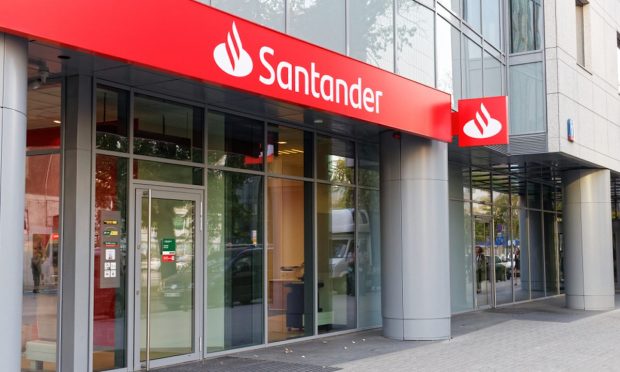Santander to Axe Overdraft Fees for One-Third of Customers

Santander Bank has launched a new program that it says will eliminate overdraft fees for nearly a third of its customers who have recently overdrawn.
Announced on Monday (Nov. 8), the Santander Safety Net raises the no-fee overdraft threshold to $100, which it says is the highest of any traditional bank in the U.S.
“We’re here for our clients, and we want them to know we have their back. They told us they need more leeway to manage the unexpected, especially during these challenging times, and so we’re launching Santander Safety Net for every client and applying it to any transaction type, including debit, bank-to-bank transfers and checks,” said Pierre Habis, head of consumer and business banking at Santander Bank. “I’m excited to see the positive impact it will have in our clients’ daily lives.”
Besides the Safety Net, Santander says it has made other immediate changes to its overdraft fee structure. First, they’ve eliminated the overdraft protection transfer fee, which charged customers $12 to move money into checking accounts from other accounts to prevent being overdrawn. The bank has also cut the daily overdraft fee by half, with the maximum daily number of overdraft paid and overdraft returned fee charges ($35) dropping from six to three for each.
Learn more: Banks Are Finding Alternatives to Overdraft Fees
As PYMNTS reported earlier this year, many banks have taken steps to find alternatives to overdraft fees, offering services such as grace periods and small, short-term loans to qualifying customers who have a consistent deposit history or perhaps a longstanding account.
Ally Bank, meanwhile, announced that it would eliminate its $25 overdraft fee altogether, allowing customers six days to bring their finances out of negative territory before restricting how they can use their accounts.
Other banks are taking steps away from overdraft fees, such as PNC Bank’s “low-cash mode,” which alerts customers when their balances dip below $50 and again when they go negative.
